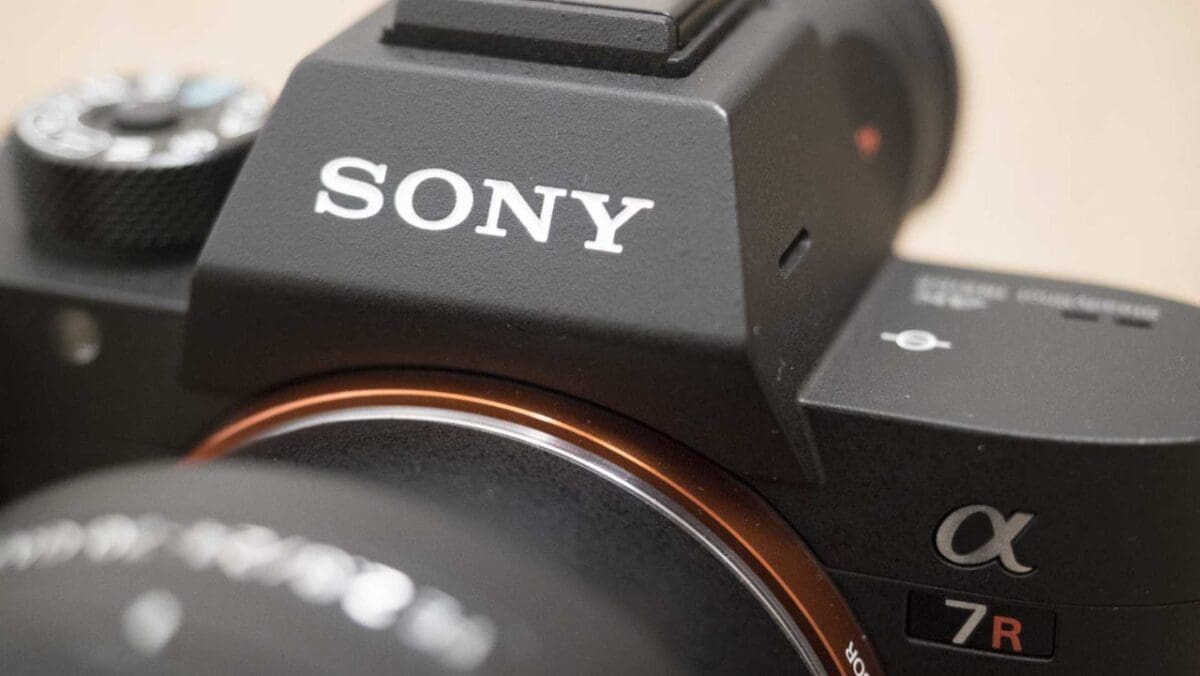The newly announced Sony A7R IV looks like an exciting update on the A7R III. In this post, we take a look at how the key specifications compare when looking at the full-frame Sony A7R IV vs the A7R III.
Pre-order the Sony A7R IV from Park Cameras in the UK, or from B&H Photo Video or Adorama in the US.
Sensor
With 61 million effective pixels on its full-frame sensor, the newly announced Sony A7R IV sets a new benchmark for resolution. That’s up from an effective pixel count of 42.4-million with the A7R III.
A quick check on a calculator confirms this is an increase of about 44% in the pixel count. That’s an impressive feat. But what’s even more interesting is that Sony has kept the Mark IV’s sensitivity (ISO) range the same as the Mark III’s.
That means both cameras have a native range of ISO 100-32000 and an expanded range of ISO 50-102,400 for stills. With movies this changes to ISO 100-32000.
Continuous Shooting
Another exciting stat for the Sony A7R IV is that its maximum continuous shooting rate matches the A7R III’s at 10fps. That’s amazing, 10 frames per second with 61Mp images.
However, the increased resolution has an imapct on the number of images that can be captured in a continuous series.
With the Sony A7R III the stats are:
JPEG Extra fine L: 76 frames,
JPEG Fine L: 76 frames,
JPEG Standard L: 76 frames,
Raw: 76 frames,
Raw & JPG: 76 frames,
Raw (Uncompressed): 28 frames,
Raw (Uncompressed) & JPG: 28 frames
And with the Sony A7R IV they’re:
JPEG Extra fine L: 68 frames,
JPEG Fine L: 68 frames, JPEG,
Raw: 68 frames,
Raw & JPG: 68 frames,
Raw (Uncompressed): 30 frames,
Raw (Uncompressed) & JPG: 30 frames
Viewfinder
The Sony A7R III has a 0.5-inch (1.3 cm) type Quad-VGA OLED electronic viewfinder with 3,686,400-dots. It’s a very good viewfinder, but the A7R IV takes a major step-up in resolution to 5.76-million dots. That’s 1.6x higher resolution than the A7R III’s EVF and it should make details look even crisper.
Further good news in this area is that there’s a maximum refresh rate of 120/100fps to make movement look smooth. In addition, a fluorine coating helps repel dirt and fingerprints.
Autofocus System
Sony gave the A7R III an incredible AF system, but the A7R IV takes things up a notch. While the A7R III has 399 phase-detection points and 425 contrast-detection points available for use in Wide mode, the A7R IV has 567 phase-detection points and 425 contrast-detection points.
Those extra points should help to maintain the impressive subject detection and tracking across the higher-resolution sensor.
In addition, the Real-time Eye AF that was introduced with a firmware update for the A7R III will be available with the A7R IV. However, it also works in video mode, not just with stills. That’s a great move by Sony!
Improved Build and Weatherproofing
The Sony A7R III is billed as a weatherproof camera, but it has a reputation for not being especially resilient. So it’s good news that Sony has enhanced the weatherproofing of the A7R IV.
There’s additional sealing along all the joints, as well as around the battery compartment cover and memory card slots.
In addition, the lens mount has been upgraded to a six-screw design for greater durability.
Sony has also improved the grip to make it more comfortable and secure and the AF-On button is larger than the A7R III’s. The joystick on the back of the camera has also be redesigned and there’s a lock for the exposure compensation dial.
Battery Life
Although it uses the same NP-FZ100 battery as the A7R III, the A7R IV’s battery life has been extended to 670 images per charge when using the main screen and 530 with the viewfinder.
Conversely, the Sony A7R III lasts for 650 or 530 images, respectively, per charge.
You can pre-order the Sony A7R IV from Park Cameras in the UK, or from B&H Photo Video or Adorama in the US.



